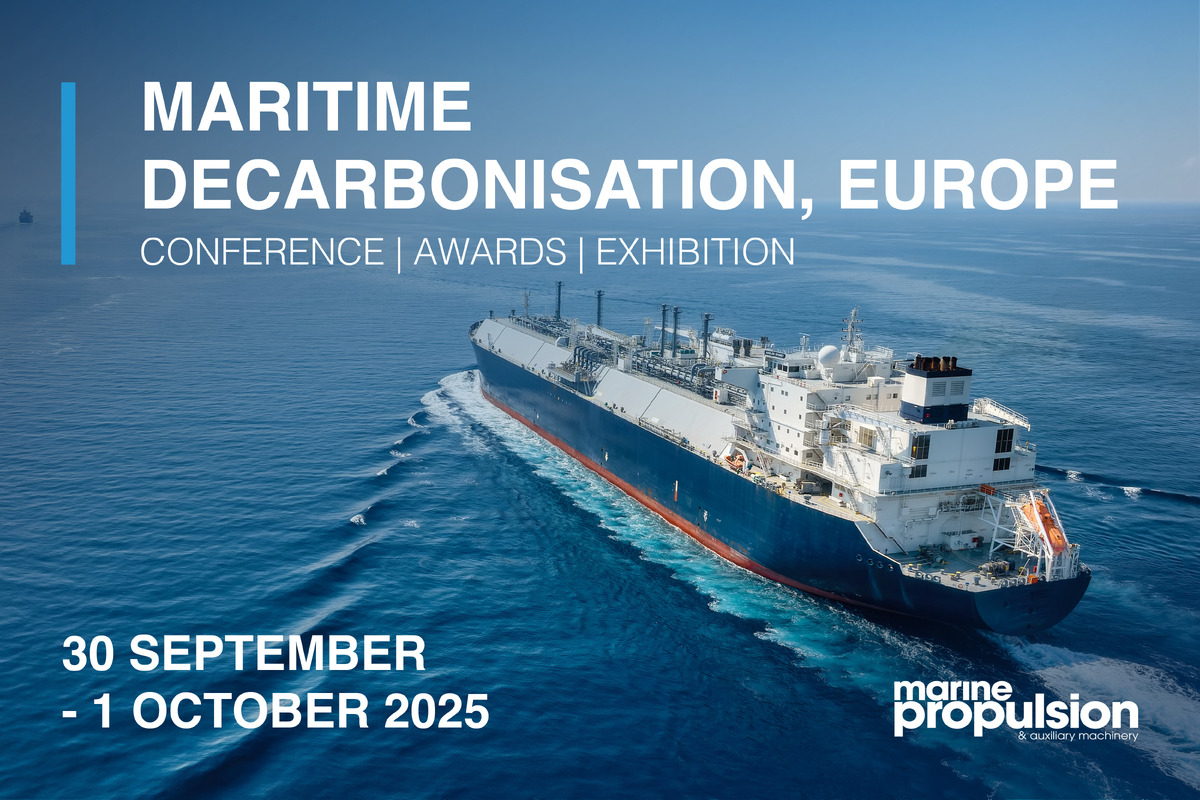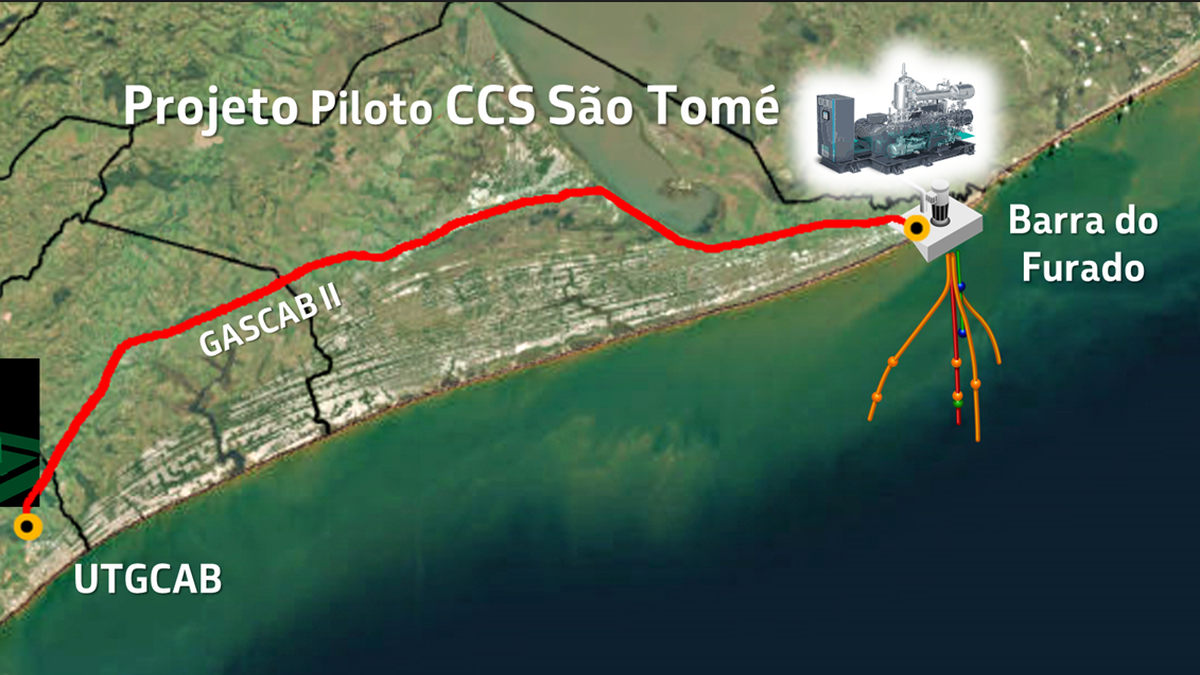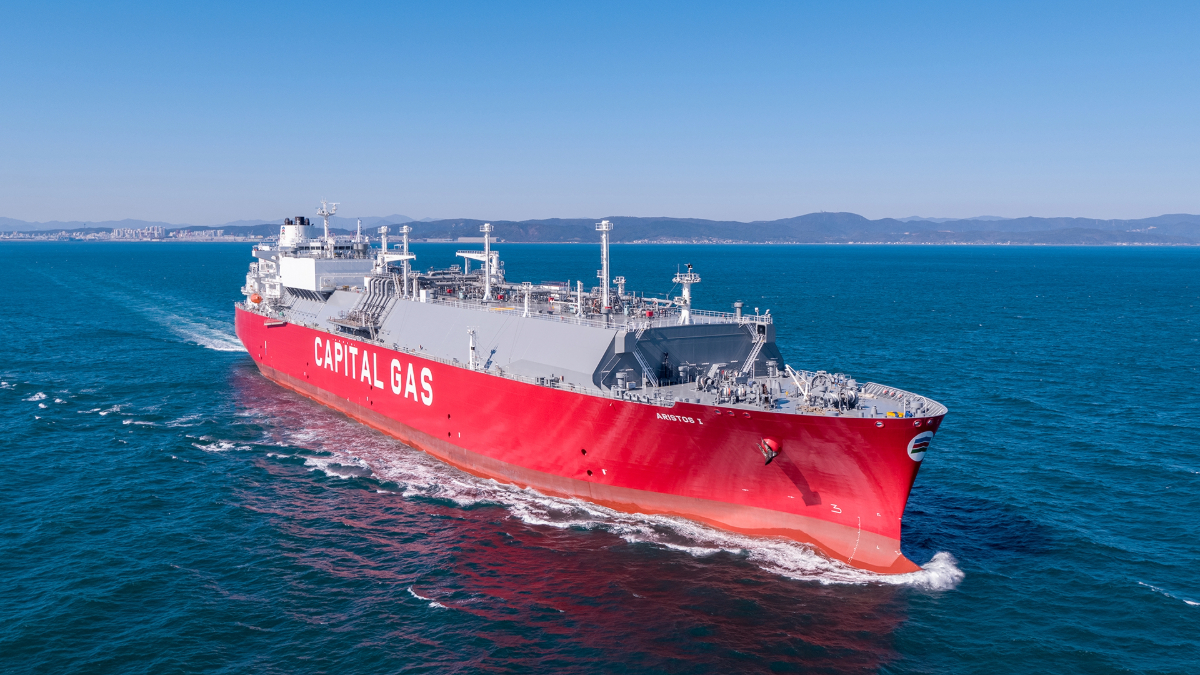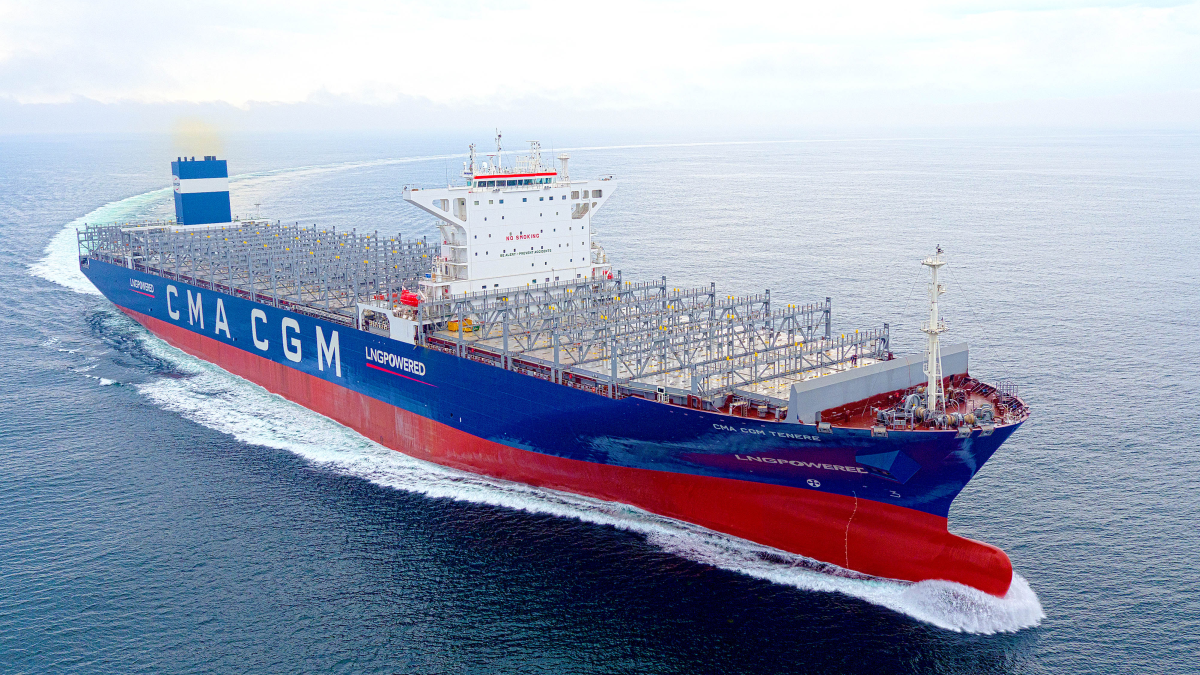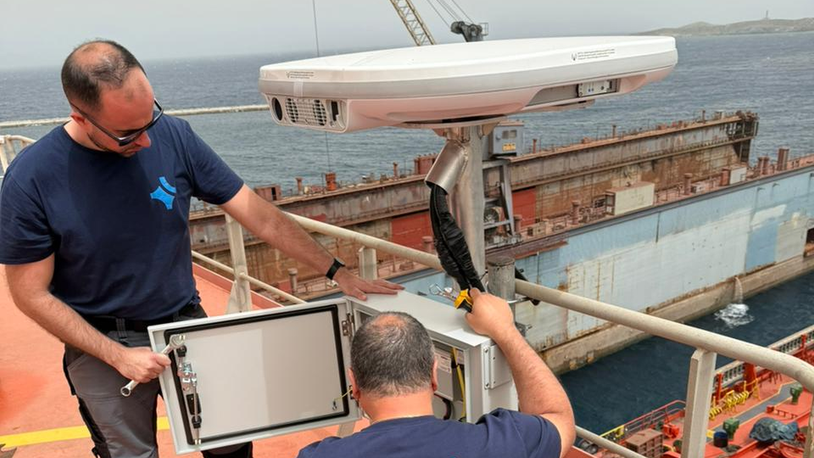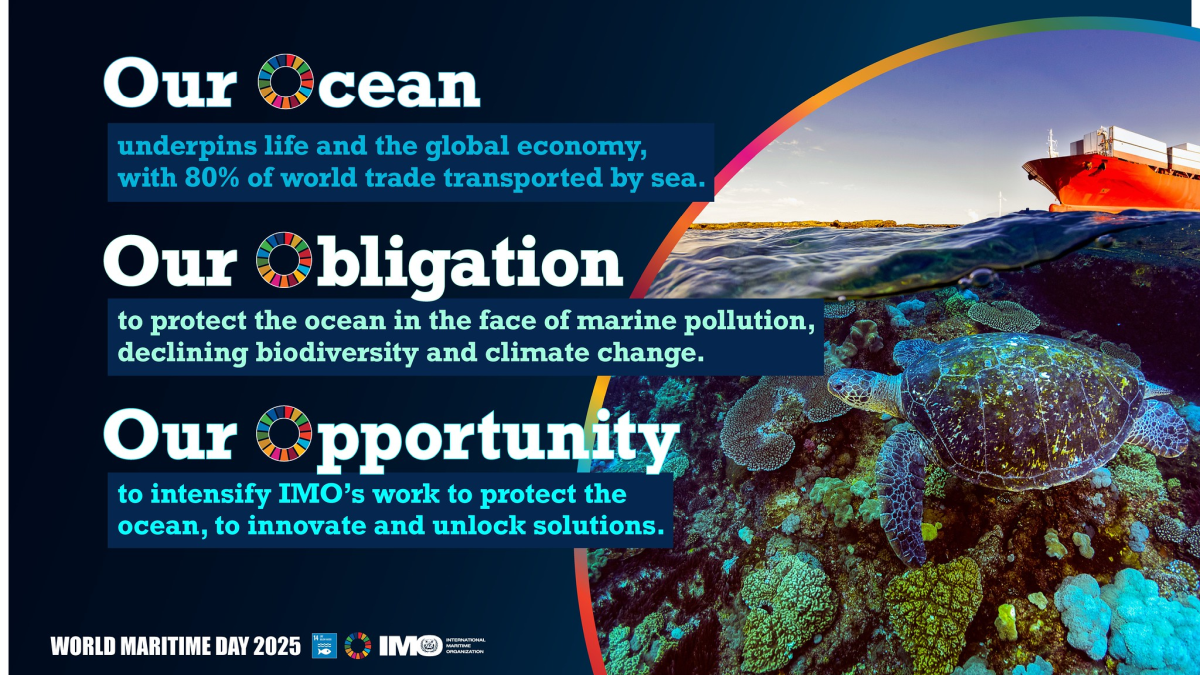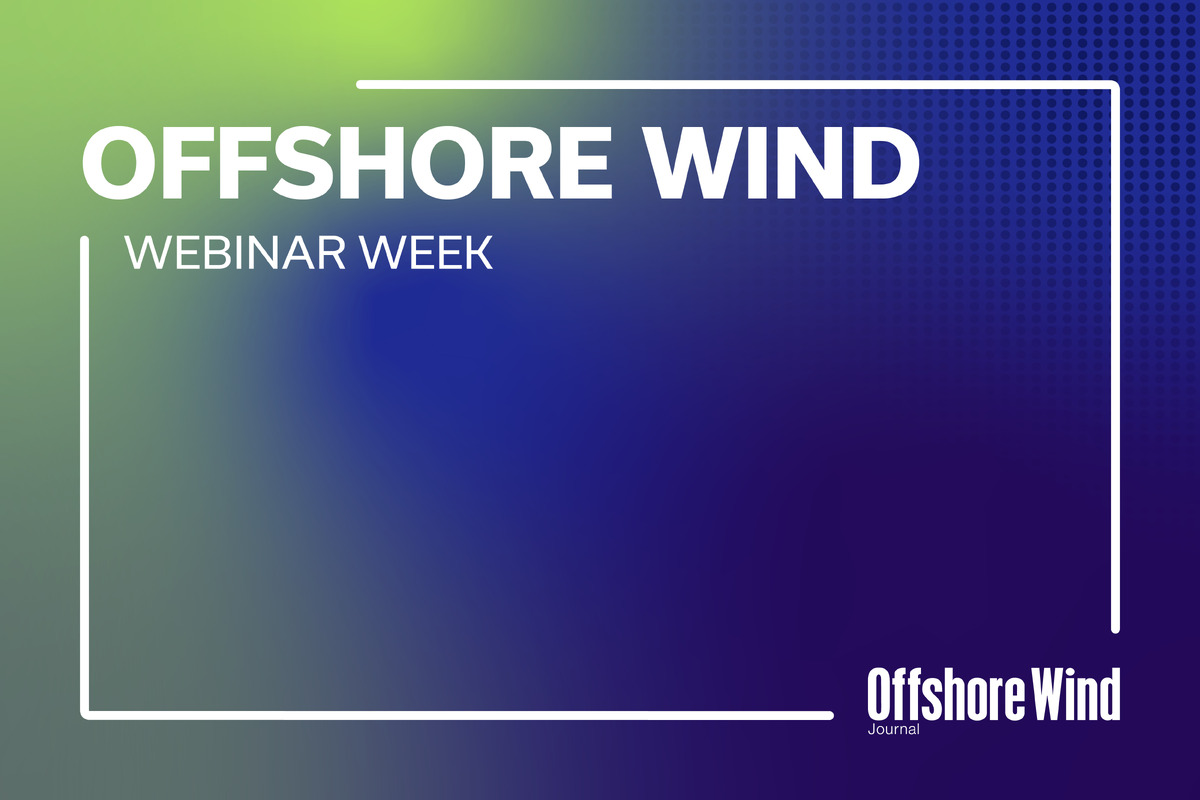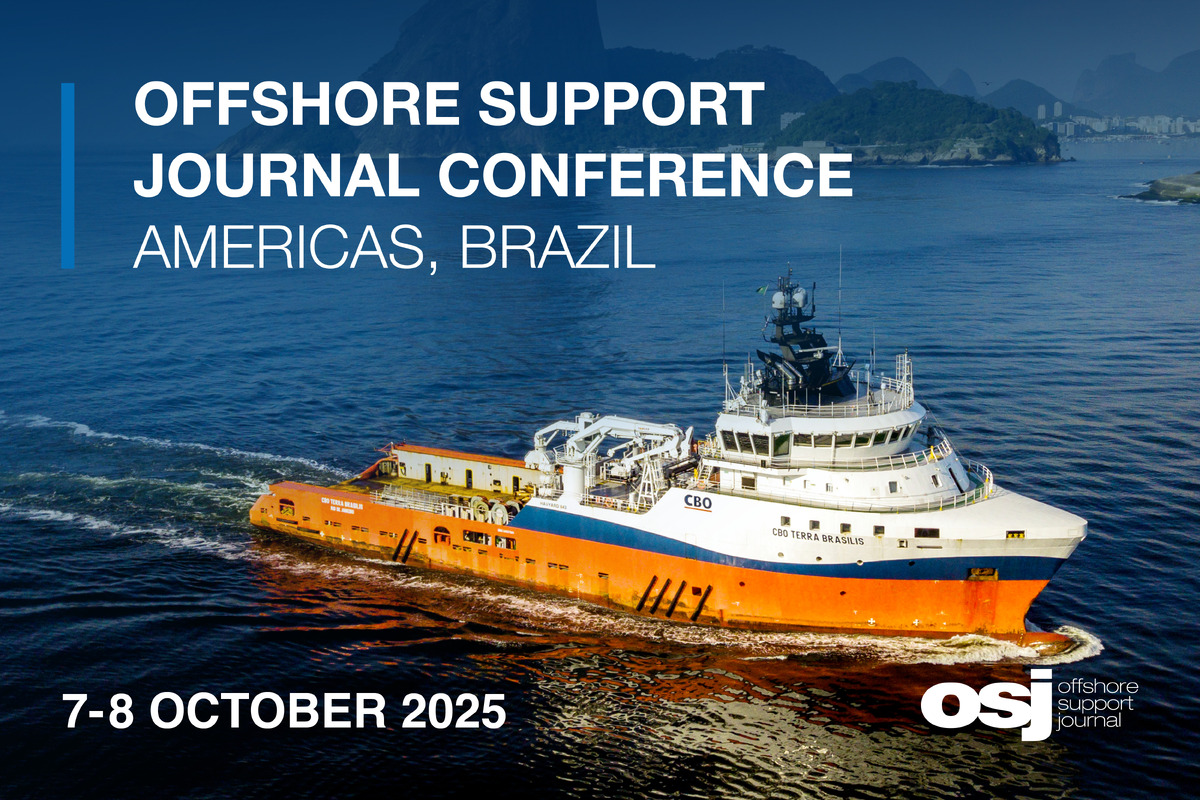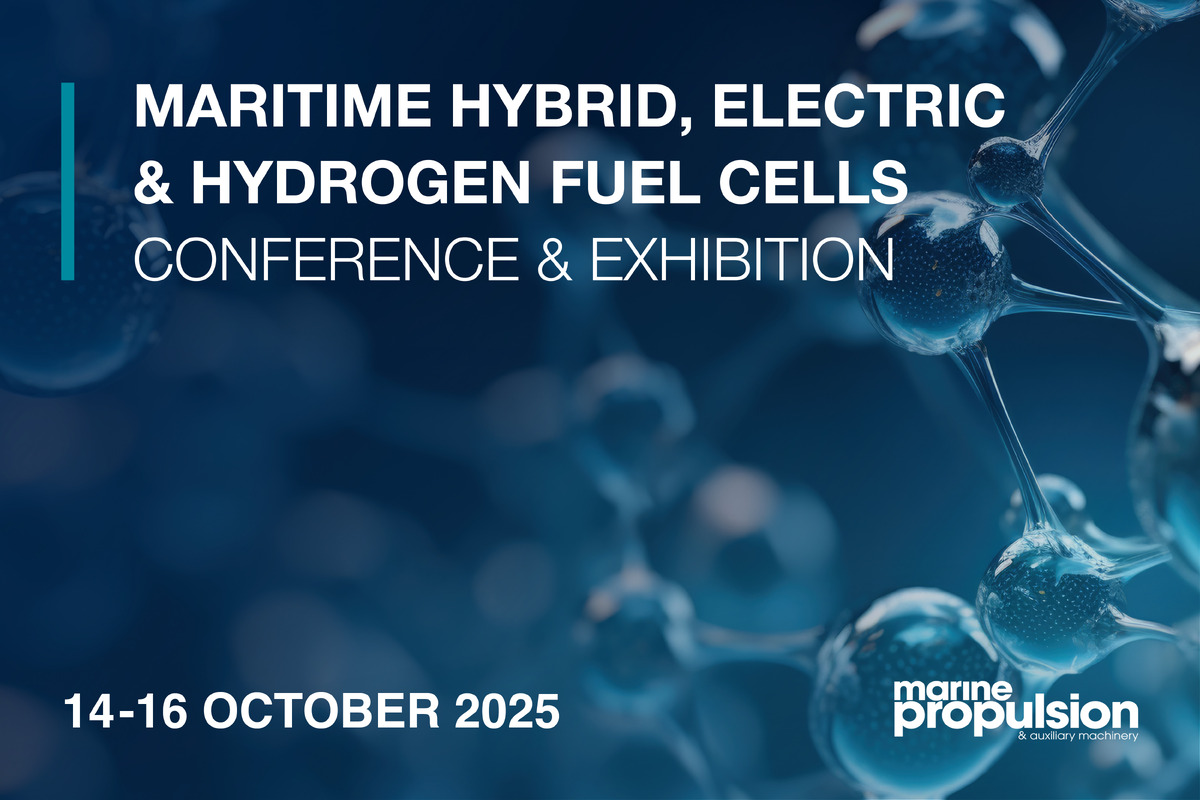Business Sectors
Contents
Register to read more articles.
Shore power retrofit boost for container ships
The drive behind retrofitting the container ship fleet to shore power
The momentum to retrofit container ships to shore power is still going strong, especially in the face of new regulations.
Cavotec vice president of product management Laurent Dupuis points out, “As Europe enforced several regulations in 2023, such as FuelEU and ETS, on carbon emissions, and as other countries such as China and India are planning regulations, the pressure to retrofit the existing fleet of container ships is there. It will likely remain strong until 2030. By then, most of the vessels calling to European, Californian and Asian ports will have been retrofitted.”
Highlighting this theme, Cavotec has been working on series of container ships for major container ship owners during the last few years. This year, Cavotec is retrofitting six ships - three of them during commercial sailing and three at their drydocking. This project will finish in 2025.
There are many benefits linked to deploying shore power. First, it is important due to current and upcoming regulations and, as Mr Dupuis points out, to operate without fine, taxes or penalties in many regions of the world.
He adds, “To reduce CO2 emissions to reach the company or IMO-mandated ESG goals, shore power is a good way to reduce the ships’ carbon footprint. By shutting down auxiliary engines when at berth, fuel consumption and CO2 emissions are cut. Typically, between 5 and 40 tonnes of CO2 per ship, per call can be saved.”
It also allows increased opportunistic maintenance to the engines, “With the auxiliary engines down, it is a perfect moment to carry out regular maintenance for key equipment. Maintenance is done without necessitating a specific unproductive stop,” he says.
The main considerations to think about include selecting the right ship to retrofit, with the shipowner needing to consider multiple criteria to identify which vessels to retrofit and when. Mr Dupuis says these include the route of the vessel, the vessel’s age and its remaining active life, and the retrofit’s cost which is typically between €800,000 (US$892,000) and €1.5M
In terms of selecting the right shore power architecture, Mr Dupuis explains all vessels are different in terms of engineering space, deck space, cable-laying areas, electrical and automation systems on board. “There is no unique solution to retrofit a container ship, it must be tailored each time. In addition to providing all necessary information like general arrangement drawings and engineroom equipment documentation, it is best to let the service provider make an onsite visit.”
The shore power retrofit needs to be planned irrespective of whether it will be retrofitted in a drydock or while commercial sailing, but ship operations and market conditions might impact the availability and planned routes of the vessels.
15 years ago, Cavotec pioneered the key equipment necessary for shorepower: the AMPReel cable reels and AMPTainer, which is containerised AMP equipment including AMPReel, a switchboard, a control panel and a HV/LV transformer. More than 700 container ships are equipped with its equipment.
Cavotec is also a shore power retrofit turnkey project provider. Its project, engineering and service teams offer a complete retrofitting of the vessel.
Mr Dupuis says, “A typical retrofit includes concept development based on reviewing ship documents; onboard inspection to verify concept and spaces on board and reporting; basic and detailed engineering; procurement material and manufacturing of equipment; installation during commercial sailing or supervision for installation at a shipyard; switch board modification, AMS, PMS system upgrade and commissioning and delivery.”
Sign up for Riviera’s series of technical and operational webinars and conferences:
- Register to attend by visiting our events page.
- Watch recordings from all of our webinars in the webinar library.
Related to this Story
Events
Offshore Wind Webinar Week
Maritime Decarbonisation, Europe: Conference, Awards & Exhibition 2025
Offshore Support Journal Conference, Americas 2025
© 2024 Riviera Maritime Media Ltd.
